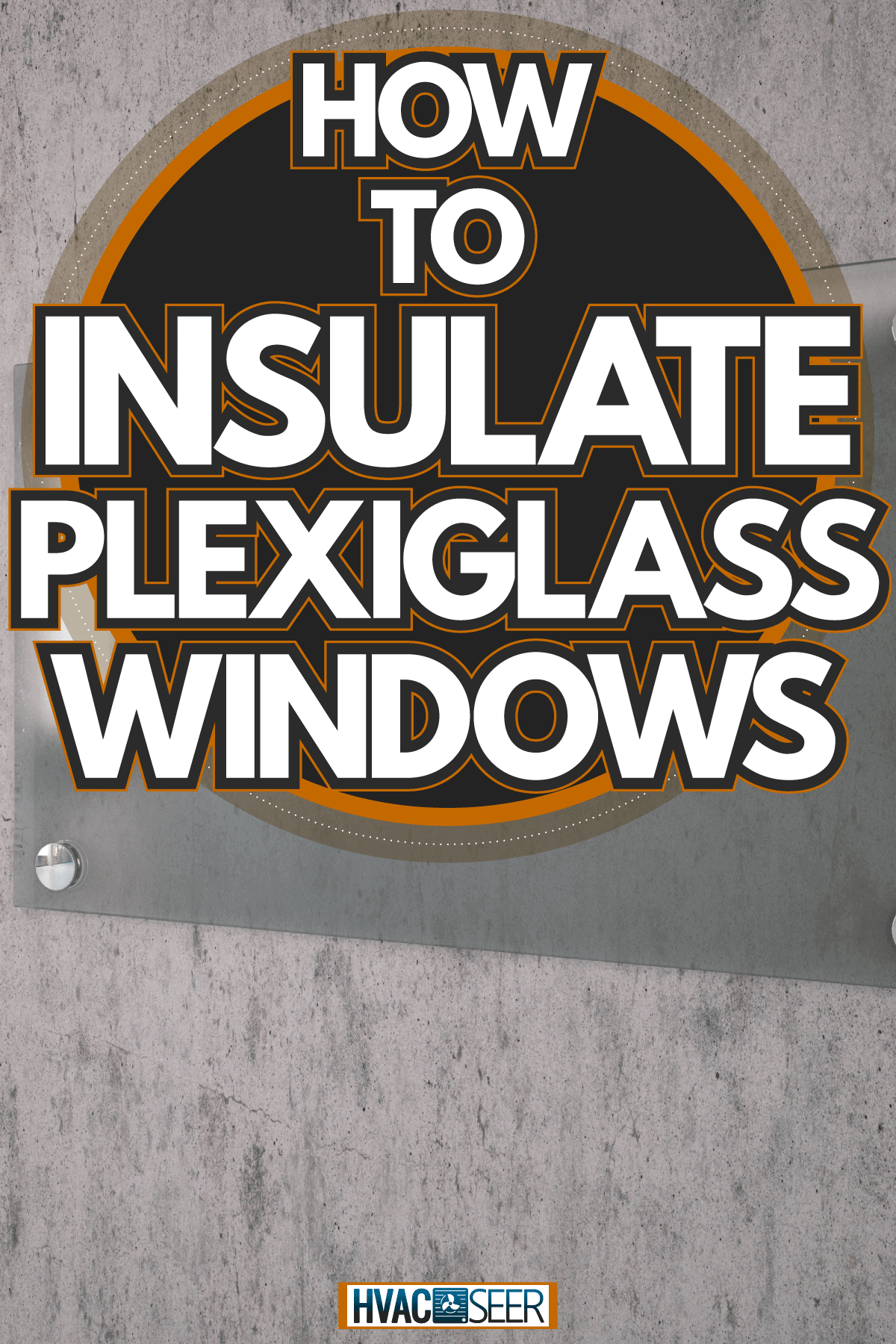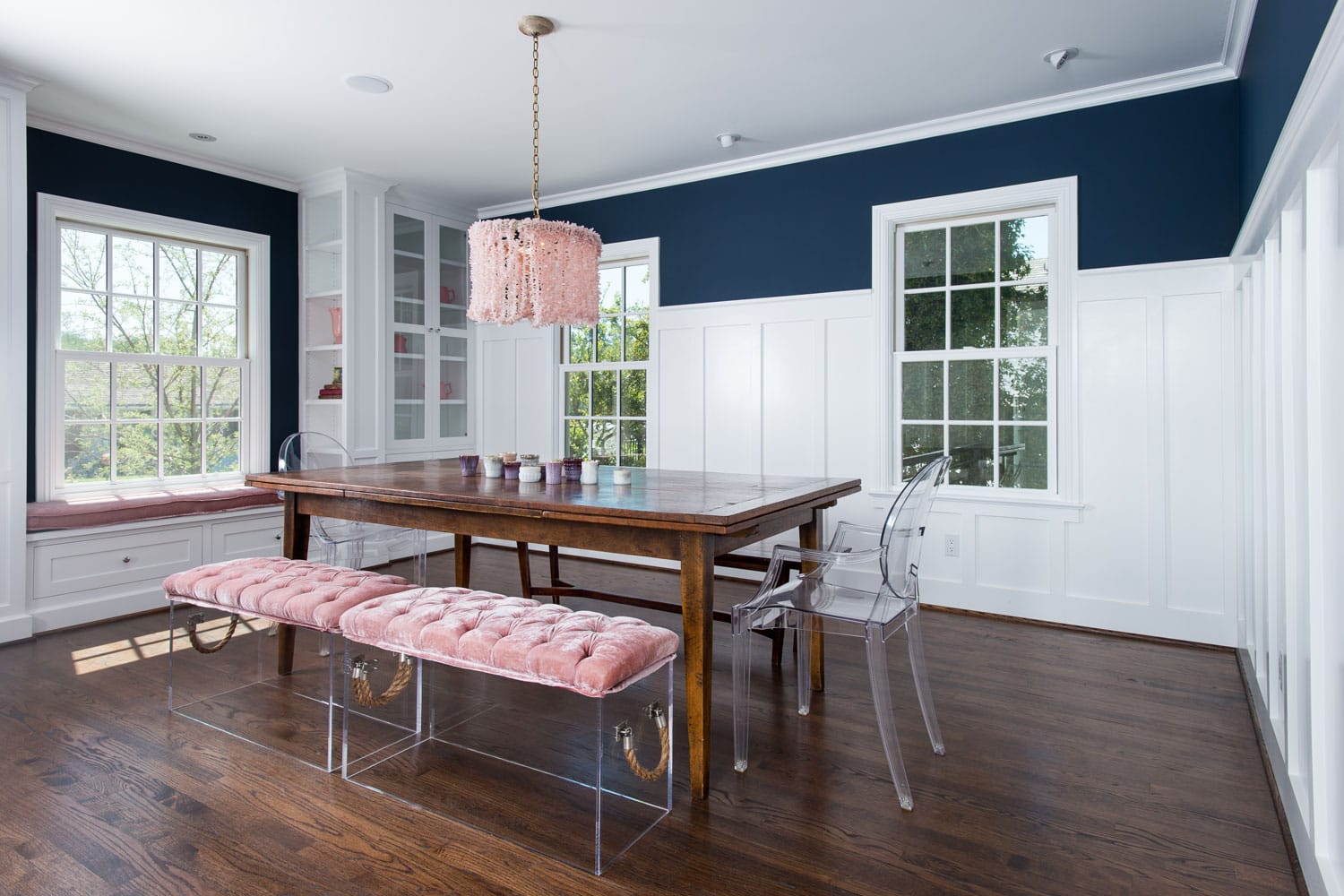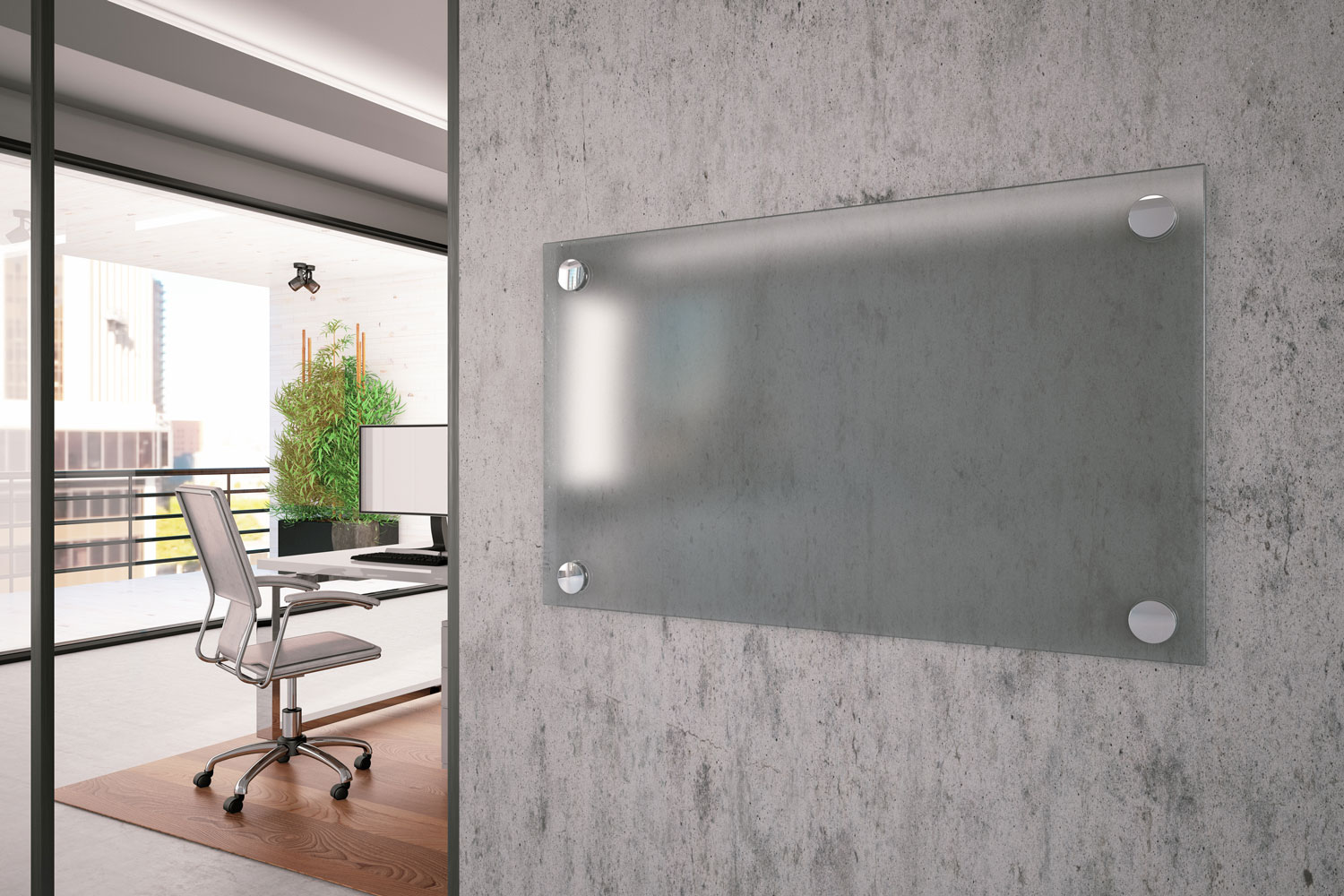For a long time, traditional glass has occupied the market for window insulation. But today, plexiglass is already making its name in the insulation industry. That is why we have researched the process of insulating plexiglass windows.
The plexiglass insulation process involves measuring, removing windows, cutting, edging, applying silicone caulk, and even more.
Insulating a plexiglass window indeed requires many steps, but they're mostly uncomplicated. If you want to understand the installation process of plexiglass better, we suggest reading throughout the entire article.

Insulation Process of Plexiglass Windows
- Remove the frame of the window and detach its magnetic sub-frame by pulling them apart as gently as possible.
- Insert the frame back into the window. Check properly where the top and bottom part is. The top part is one inch high with a reveal. In contrast, the bottom part is three-quarters inch with no reveal.
- Use foam tape because there will be gaps, and the frame will loosely fit inside the window.
- Peel off one side of the tape and put it on the outside edge of the frame.
- Cut off the excess tape or stripping.
- Put another layer of foam tape if you notice that the gaps are still showing.
- Insert the taped frame into the window opening. You also need to measure the frame to the front edge of your windows. It would be best if you had a minimum space measuring one-half inch from the edge of the frame to the edge of your window as well.
- Use a pencil and mark up your window frames to ensure that the distance is the same all the way around.
- With the pencil marks leading, screw the frame on all sides.
- Place the plexiglass window to test as dry fit, and then remove.
- Using silicone caulk, apply some to the outside edge of the frame.
- For 24 hours, wait for the silicone to dry thoroughly. Proceed to the next step after the waiting process.
- Peel the backside plastic of the plexiglass. Spray it with an anti-static cleaner and wipe it with a microfiber cloth.
- Attach the plexiglass window and peel the plastic on its front side.
- Clean the front side, and there you have it: an insulated Plexiglass window!
Check this Seal Foam Tape on Amazon.
Using Plexiglass As A Building Material
Here are some areas where you can use plexiglass as a replacement for glass and other materials.

Residential and Commercial Windows
In the past, professionals typically installed glass on commercial and residential windows. However, plexiglass came into the picture.
Homeowners and businesses eventually preferred to have plexiglass because of the safety and security it provides. It looks and feels the same as glass but costs much cheaper.
Skylights or Rooflights
Plexiglass is an excellent replacement for glass in skylight construction. Its durability and versatility are ideal for any type of roof. Also, it has a higher resistance to scratches and extreme weather.
Secures Facility
As you can observe, most government facilities, detention centers, and other security facilities use plexiglass to keep both people and the building safe.
You can consider this as one of the strongest materials in the market because it provides a high level of protection and security for facilities.
Solar Panels
Plexiglass is better to use for solar panels in comparison with other materials. It holds up better under extreme weather conditions while still allowing 90 percent of light to pass through them. Additionally, one of its advantages is you can easily cut and form them.
Benefits of Using Plexiglass
Some homeowners prefer using plexiglass rather than traditional glass. And here are the reasons why.

1. Exceptional Strength
Did you know that plexiglass is extremely durable and robust? It is known to be 17 times more durable than traditional glass sheets. It doesn't crack easily. But if it does, it won't shatter into numerous pieces as glass does.
If you are worried that plexiglass will quickly break, you are mistaken. It offers a hundred percent assurance that it is safe and keeps you away from harm, especially in a hurricane-prone area.
2. Easy To Cut and Install
Plexiglass is easier to cut and install compared to traditional glass. You can use the standard cutting tools with it. In addition, plexiglass weighs lighter than ordinary glass. And as a result, you can move around with and install it much more manageably.
These factors make plexiglass an excellent material for an insulation alternative and for designing a window.
Check this Acrylic Cutter on Amazon.
3. Different Colors to Choose From
This particular type of glass comes in numerous colors. Commonly, the colors are brown, red, blue, yellow-orange, and green. Fluorescent or black and white colors are also available.
Also, there is this frosted type plexiglass that protects your home's interior from the curious gazes outside. Don't fret because it will still allow the light to come through. On the other hand, non-glare plexiglass reduces reflection and glare from the window.
4. Light Transmission is Better
Another good thing about plexiglass is that it maintains light clarity no matter how thick it is. Plexiglass typically allows 90 percent of light to pass through it and helps reduce the reflection and glares.
5. Carbon Footprint Minimizer
When producing plexiglass, it consumes less energy compared to traditional glass. The lightness of plexiglass is an advantage for shipping and transport costs.
Additionally, plexiglass is the one to reduce the carbon footprint. It also reduces the heating costs significantly. However, the substantial cost savings will rely on the type of sheeting the plexiglass has. It includes clear, mirrored, lucite block, colored, etc.
6. Other Benefits of Plexiglass
Plexiglass offers plenty of other beneficial features! It is lighter than glass and is also crack resistant. In addition, it can hold out against temperatures ranging from -30 degrees to 160 degrees Fahrenheit.
Because of its softer surface texture, you can polish it to get rid of scratches instantly.
Moreover, since plexiglass is synthetic, it is easy to reuse. You can make other things using it, such as acrylic shelves, tabletops, or plates.
Drawbacks of Plexiglass

Like any other material, plexiglass has its disadvantages. Here are a few of its drawbacks:
1. Toxic
Manufacturing companies strictly mandate that their employees wear protective equipment and clothing in the production area. The producing process can let out highly toxic substances.
Furthermore, if you don't take the proper precautions, the plexiglass could explode during polymerization.
2. Insulation Properties
The factor that determines if a particular insulating material is better than the other is thermal conductivity, known as Lambda.
If the material has a higher Lambda value, it conducts more heat and insulates less. Accordingly, plexiglass has a lambda value of 0.19 W/m.K (watts per meter per Kelvin), higher than ordinary glass.
In addition, plexiglass is thicker than ordinary glass, designed to mimic its window insulation properties. Glass is better for insulation, but plexiglass comes with many benefits.
3. It Is Difficult To Recycle
Plexiglass is recyclable, but the process won't be easy since it is non-biodegradable. However, you can reuse it to make another product. You can cut the larger sheets into smaller ones to start the reusing process.
How To Clean Plexiglass

You can mix water with soap or detergent as a cleaning solution for the plexiglass, paired with a soft microfiber cloth.
As much as possible, avoid using cleaning mediums such as glass cleaners and white spirit. The reason is that it doesn't dissolve solid particles such as dust and dirt. If these grains are swept around the surface using the cloth, it will cause numerous scrapes.
Keep in mind to use a generous amount of water mixed with a bit of detergent to wash away all the dirt. Also, wash the microfiber cloth as often as possible since it holds dirt as well.
Avoid Static Charge
It is necessary to avoid static charge when cleaning the acrylic sheets. There are cleaning agents that are made especially to prevent static charge in cleaning plexiglass.
Using special cleaning agents means you won't have to clean plexiglass daily. It will also prevent minor scratches in the future.
Cleaning Heavily Soiled Plexiglass
If the plexiglass is covered with a thick layer of dirt or dust, you can remove it by using a compressor.
After that, you will have to cleanse it with a generous amount of water then clean the surface with liquid soap. Avoid wiping it; let it dry naturally.
In Conclusion

Insulating plexiglass windows make a huge difference in saving energy bills. It also delivers incomparable safety and security.
Better yet, you can do the plexiglass insulation alone. You don't need any special skills for it. Of course, you should always read and follow the manufacturer's instructions before starting the process.
If you liked this post, you could read more insulation-related posts here:
What's' The Best Insulation For Copper Hot Water Pipes?
How Thick Should Cellulose Insulation Be In An Attic?


